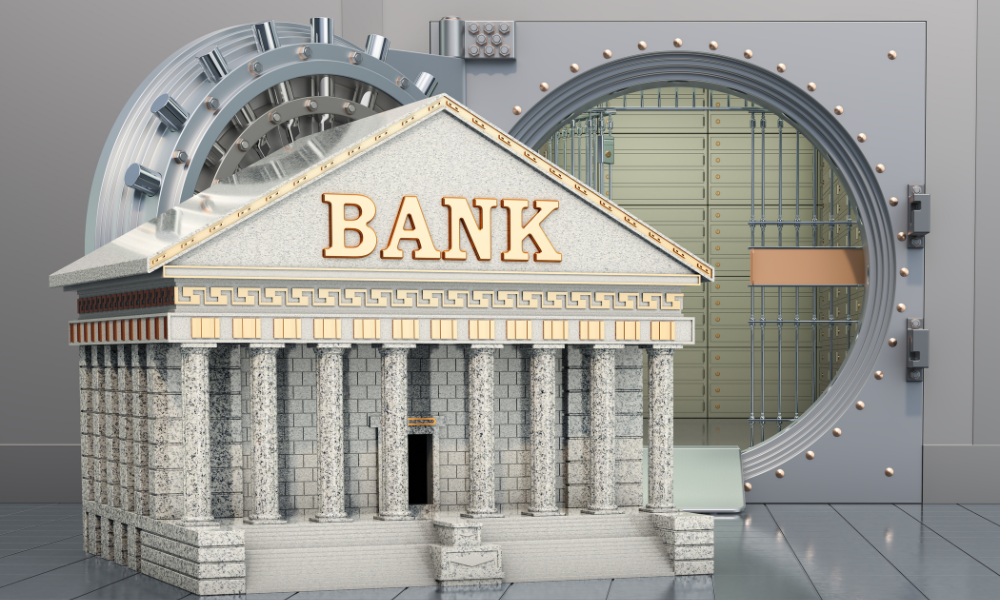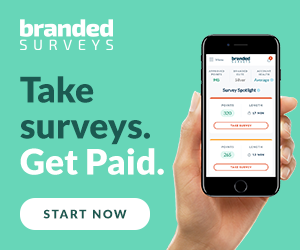Have you ever wondered where your money comes from? The truth is that many of us don’t understand the process by which our money is created and circulated. Is it still backed by gold? Do banks make money? What about loans? In this article, we’ll take a look at the origins of money and how it enters circulation.
Money Backed by Gold
In the early days of bartering and trading, people used commodities as money. This system survived until around 600 BCE, with the first recorded use of gold as money in Lydia in Asia Minor. For the next several hundred years, gold and silver were used as money throughout the world.
During most of the nineteenth and early twentieth centuries, the “gold standard” was the monetary system. In this system, the value of a country’s currency was closely linked to a specified amount of gold. Paper money and coins in circulation were convertible into a fixed amount of gold, providing a sense of stability and confidence in the currency.
The gold standard provided several advantages. Firstly, it limited the ability of governments to print excessive amounts of money, thereby curbing inflationary pressures. Since the money supply was tied to the amount of gold reserves held by a country’s central bank, the currency’s value remained relatively stable over time. This stability encouraged investment, lending, and economic growth.
However, the gold standard also had its drawbacks. The amount of gold available limited the growth of the money supply, potentially restraining economic expansion during times of increased productivity and demand. Additionally, countries had to maintain large gold reserves to back their currencies, which could be challenging and expensive, especially during times of economic uncertainty.
The system began to face increasing challenges during the early 20th century, particularly after World War I, when many countries suspended the convertibility of their currencies into gold to finance the war effort. The Great Depression of the 1930s further strained the gold standard, leading to its eventual collapse.
In 1971, the United States officially abandoned the gold standard, severing the last ties between major world currencies and gold. Since then, most countries have adopted fiat money, where the value of a currency is determined by government decree and is not backed by a physical commodity like gold.
The Federal Reserve and Monetary Policy
Most countries with fiat systems have a central bank that regulates the money supply. The U.S. Federal Reserve, for example, is a central bank. The actions of the central banks influence the amount of money in circulation, as well as inflation and interest rates.
The Federal Reserve controls America’s money policy using a method called “open market operations.” This means they buy and sell government securities in the marketplace.
When the Federal Reserve buys these securities, it puts more money into the economy, making it easier for people and businesses to borrow and spend. This is called “expansionary monetary policy” because it expands or increases the money supply.
On the other hand, when the Federal Reserve sells securities, it takes money out of circulation, making it harder for people and businesses to borrow and spend. This is known as “contractionary monetary policy” because it contracts or reduces the money supply.
The goals of monetary policies are to promote maximum employment and stable prices (low inflation). Stable prices are important because they allow businesses to make sound investment decisions and consumers to accurately plan for the future.
Commercial Banks and the Fractional Reserve System
Most of our money is created not by the government or by banks but by private businesses through what’s called the “fractional reserve” system.
The fractional reserve system is the basis of the modern banking system. Under this system, commercial banks are required to hold a certain percentage of their deposits in reserve, usually around 10%. This means that if a bank has $100 in deposits, it can lend out $90.
The fractional reserve system enables banks to lend and engage in economic activities more extensively than if they were required to keep all customer deposits in their vaults. However, it comes with a certain level of risk because if too many customers try to withdraw their money all at once, the bank may not have enough cash on hand to meet those demands. In such a situation, the bank could become insolvent, meaning it won’t have enough money to cover its debts and obligations.
Here’s how it works: When a business makes a loan, it doesn’t just create new money out of thin air. Instead, it creates new deposits in the borrower’s account equal to the amount of the loan. This new money didn’t exist before, so it has effectively been created by the act of lending.
The business can then lend out these new deposits, creating even more new money. This process of “money creation” through loans is what underpins our entire financial system. It’s also why debt is such an important part of our economy – without it, there would be much less money in circulation.
Electronic Money
Now that you understand where your money comes from and how it is regulated, let’s take a quick look at electronic money. The days of counting dollar bills and keeping a pocketful of change are almost obsolete. E-money includes credit and debit card payments, mobile wallets, cryptocurrencies, and online banking. This form of money offers unparalleled convenience and accessibility.
E-money is a form of currency created through technology and governed by regulatory frameworks. The creation of e-money relies on secure databases, encryption, and sophisticated algorithms that financial institutions employ to process and protect transactions. This technology enables quick and convenient payments, transfers, and purchases.
However, e-money’s reliability also depends on government oversight. Governments and central banks establish rules and guidelines to ensure proper issuance and usage of e-money. They aim to safeguard consumers, maintain financial stability, and prevent illicit activities like money laundering.
The majority of electronic money is backed by cash. However, decentralized e-money, like cryptocurrency, is not backed by physical cash or any central authority. Instead, its value is determined by market demand and supply dynamics, and it operates based on underlying blockchain technology.
The Future of Money
The future of currency lies in the realm of e-money, where digital transactions are poised to revolutionize the way we conduct financial exchanges. As technological advancements continue to accelerate, traditional cash and physical transactions are gradually giving way to electronic forms of payment.
E-money, in its various forms, is set to dominate the financial landscape, making transactions more efficient, convenient, and secure. It holds immense potential to redefine the way we interact with money. Embracing this digital revolution responsibly will undoubtedly shape a more connected, accessible, and innovative financial ecosystem for years to come.
Closing Thoughts
Money has been around for thousands of years, but its creation and management have changed dramatically over time. From commodities to gold to paper bills to debit cards and cryptocurrencies, money has come a long way. Governments play an important role in creating a safe and secure financial system, while businesses create wealth by producing goods or services that people are willing to buy with their money. Knowing how our money is created and regulated can help us make better decisions on how we manage our finances, whether it’s saving for retirement or making a smart investment decision. So next time you glance at a nickel or penny, you will know a bit about where it came from and where’s it going.











